It’s official. Starting on Leap Day owners of Ford EVs will be able to plug into any of more than 15,000 Tesla Superchargers. That roughly doubles the number of public chargers that they previously had access to. With “charger anxiety” seen as one of the biggest obstacles to widespread EV adoption, Ford is hoping this will help up boost demand for its all-electric products. To make it even easier, Ford will begin shipping free Tesla adapters to its owners starting late next month.
Motorists who own a Motorists who own a Ford F-150 Lightning or Mustang Mach-E now can plug into a Tesla Supercharger, part of a deal the two automakers announced last spring that will give those owners nearly twice as many places to charge in when they’re away from home.
Starting next year, Ford will phase out the current charger port used on its battery-electric vehicles in favor of Tesla’s North American Charging Standard, or NACS. Until then, the automaker plans to offer free adapters which it plans to begin shipping late next month.
Ford isn’t the only automaker that has made a deal with Tesla. With Stellantis signing on in February, all major automakers operating in the U.S. will switch to the NACS plug and gain access to the Supercharger network. The move should help address what is widely seen as one of the single biggest obstacles to widespread consumer acceptance of EVs.
Charger anxiety
The lack of a widespread charging network – especially for non-Tesla vehicles – has become the second-largest barrier to EV acceptance to the purchase of an EV after high prices, according to Cox Automotive.
Making matters worse, about 18% of those chargers were typically out of service at any one time during the fourth quarter of 2023, according to J.D. Power. In the 2024 Electric Vehicle Experience Ownership Study, or EVX, Power released Thursday, it concluded “Public charging isn’t just bad, it’s getting worse.”
On the positive side, there are not only more than 15,000 Tesla Superchargers in the U.S. and Canada, but they have a substantial higher record of reliability, according to industry analysts.
An improved experience
The alliance with Tesla “will improve the public charging experience by giving our customers even more choice and is a vital part of our growth as an EV brand,” said Ford CEO Jim Farley in a release on Thursday.
“If everything goes as well as planned, it should give people more confidence they can drive anywhere and charge more quickly,” said Sam Abuelsamid, lead auto analyst with Guidehouse Insights. “But we’ll have to see how things play out,” added, cautioning that it’s yet to be seen whether Tesla’s Superchargers will prove as problem free when connecting to “dozens of different models from multiple manufacturers…each using their own software.”
More EV News
- Aston Martin delays its 1st EV as sales growth slows
- JD Power: EVs are getting better – but public charging is getting worse
- “Electrified” vehicles dominate Consumer Reports’ 10 Top Picks
Free adaptor
For now, only Tesla vehicles use the NACS plug. The rest of the industry — with the exception of early versions of the Nissan Leaf — use the Combined Charging System, or CCS, connector. Ford plans to begin making the transition to the Tesla system by 2026, with most other major manufacturers beginning the changeover about the same time.
In the meantime, non-Tesla EV owners can purchase adapters from a handful of aftermarket providers. Ford, Stellantis and some other automakers plan to provide free adapters in the coming months.
Ford sent out e-mail notices to existing Lightning and Mach-E owners on Thursday letting them sign up for the fast-charge adapter. It will be provided free if they place their orders by June 30, 2024. After then, it will cost $230. Ford expects to begin shipping the adapters by late March.
Owners of commercial electric vehicles sold through the Ford Pro division will be notified by mail sometime this coming spring and will be able to purchase the adapter.
Plug & Charge
Connecting to a Tesla Supercharger will actually be the easiest way for Ford EV owners to boost their battery’s state of charge.
This will be the first time Ford products will be capable of using the Plug & Charge system. Using the FordPass App or Charge Assist App their personal billing information already will be stored in the cloud. Activating Plug & Charge means they’ll simply have to connect the vehicle to a Supercharger and charging will start automatically.
Plug & Charge is expected to become an industry standard over the next several years, though only a small number of public chargers, notably those run by Electrify America, are now able to use that billing process – and only then with a handful of EV models.

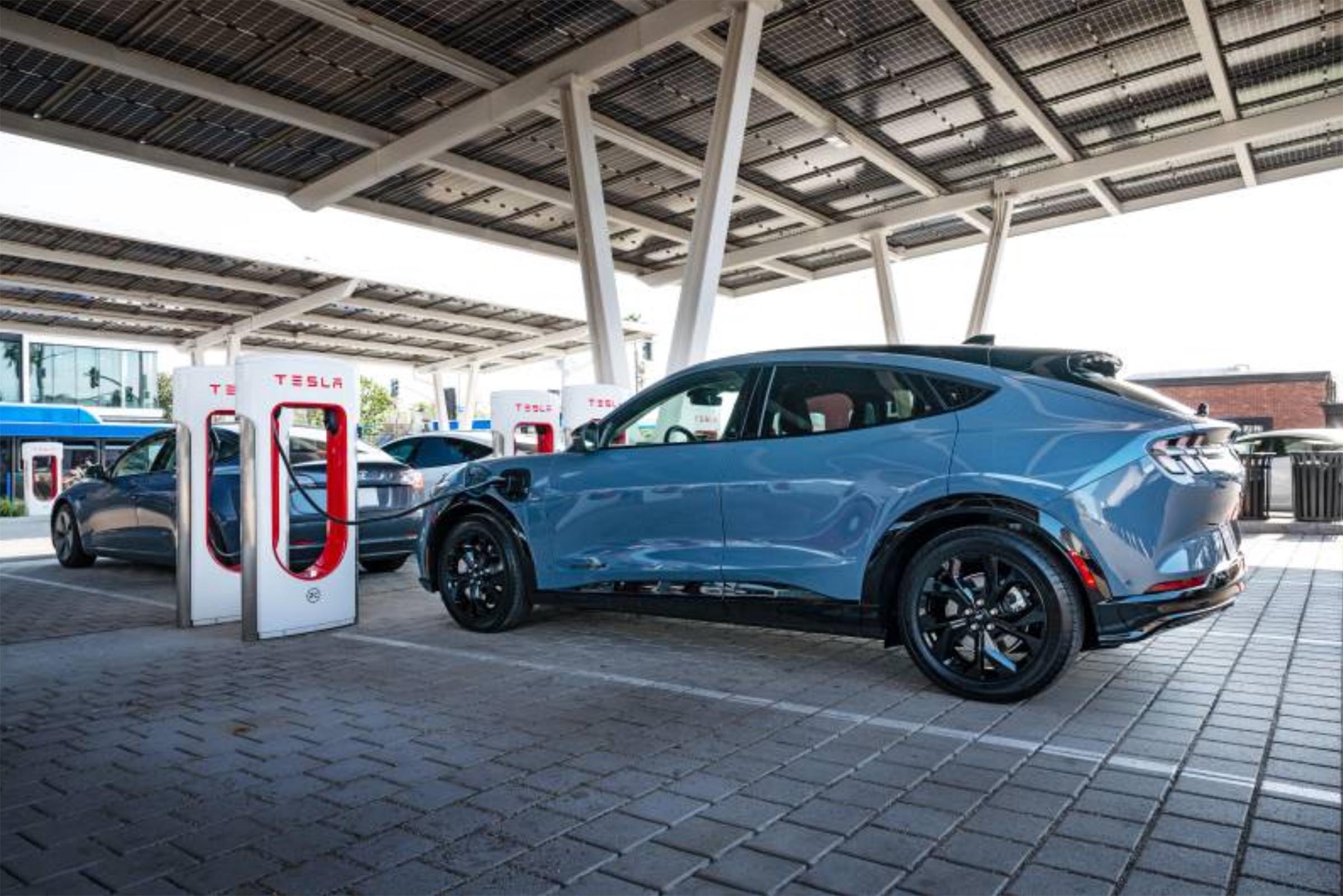
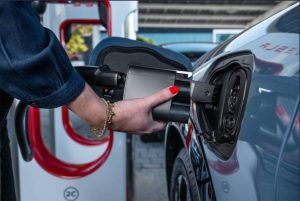

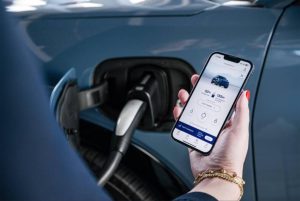

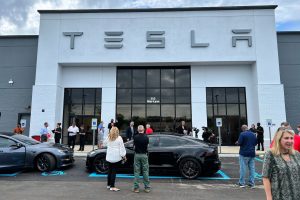

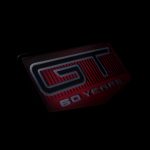


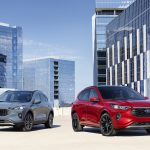
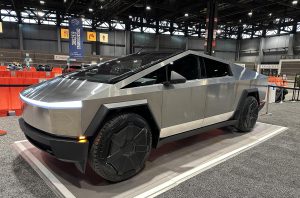
0 Comments